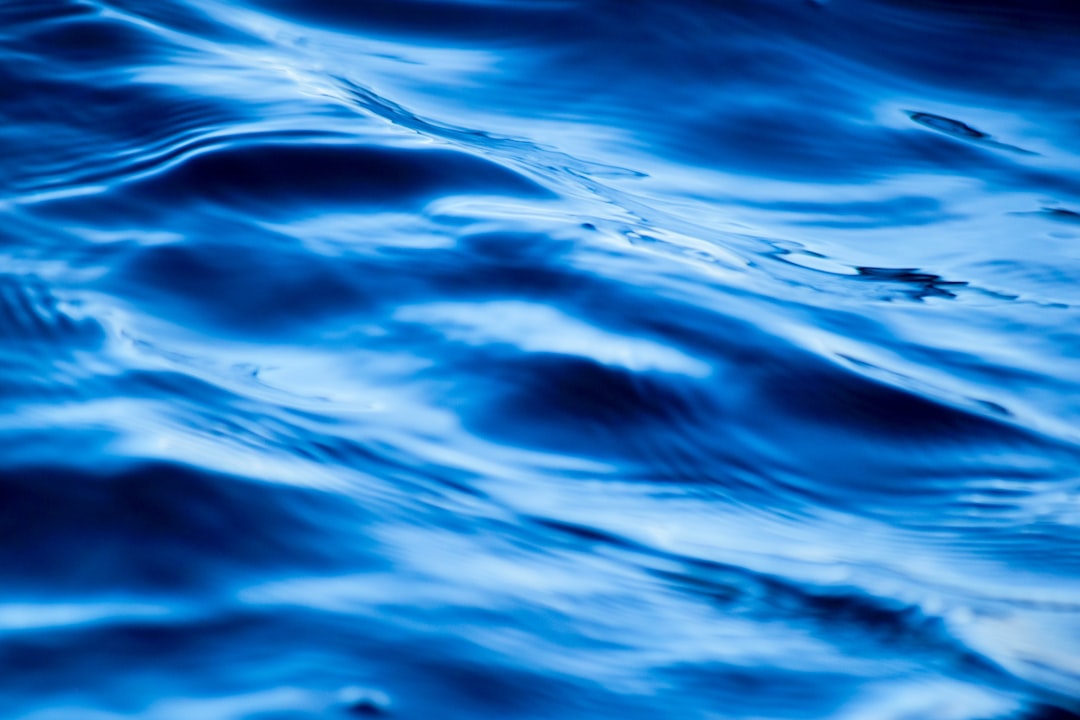What is it about?
The properties of lignocellulose materials from the trunk and bark of trees, and from agricultural sources were investigated by thermogravimetry (TG) and pyrolysis–gas chromatography/mass spectrometry (Py-GC/MS). The goal was to learn which of the phytomass sources is the most accessible to dehydration and aldol reactions, and in this way could be considered suitable for composite preparation by the thermal pressing treatment. The bagasse second differential thermal analysis peak in air is at the highest temperature acceptable for intermolecular dehydration/crosslinking, and therefore we consider bagasse to be the most suitable candidate for composite preparation. From the TG results in air at 250 C, it follows that willow wood and bagasse are the most thermally resistant sources. The data obtained by Py-GC/MS analysis showed glycolaldehyde and acetic acid as dominant markers related to adhesion properties via aldol condensation. The detected sum amount of glyceraldehyde and acetic acid decreases in the order: beech wood > bagasse > acacia wood > sugar beet pulp, whereas the remaining species produced much less of it. By comparing results run at above conditions with composite preparation using the pressing thermal treatment at a temperature of 150 C and pressures up to 800 kPa, the suggested evaluation was examined for application on sugar beet residue.
Featured Image
Why is it important?
Based on the assumption that dehydration and aldol condensation are the most important reactions in the thermal pressing of panel composites, both analytical methods (TG and Py-GC/MS) identified bagasse as the optimal source of phytomass residue for this application. This conclusion is supported by the DTG peak of bagasse related to intermolecular dehydration/crosslinking at the highest temperature from all studied samples. According to the amount of residue at 250 C in air environment, only WW exhibited slightly better thermal stability than bagasse. From only the Py-GC/MS results, BW was recognized as a better source of phytomass for the mentioned application. Paralleling these findings, the preparation of composite panels from SBF was investigated.24 SBF was evaluated as the fourth best according to Py-GC/MS and the second least stabile sample according to TG at 250 C in air environment. On the other hand, SBF was judged as the second best source according to the second DTG peaks order at 203 C related to intermolecular dehydration/crosslinking of arabinan.
Read the Original
This page is a summary of: Evaluation of the phytomass source for composite preparation, Journal of Applied Polymer Science, April 2012, Wiley,
DOI: 10.1002/app.37807.
You can read the full text:
Contributors
The following have contributed to this page










